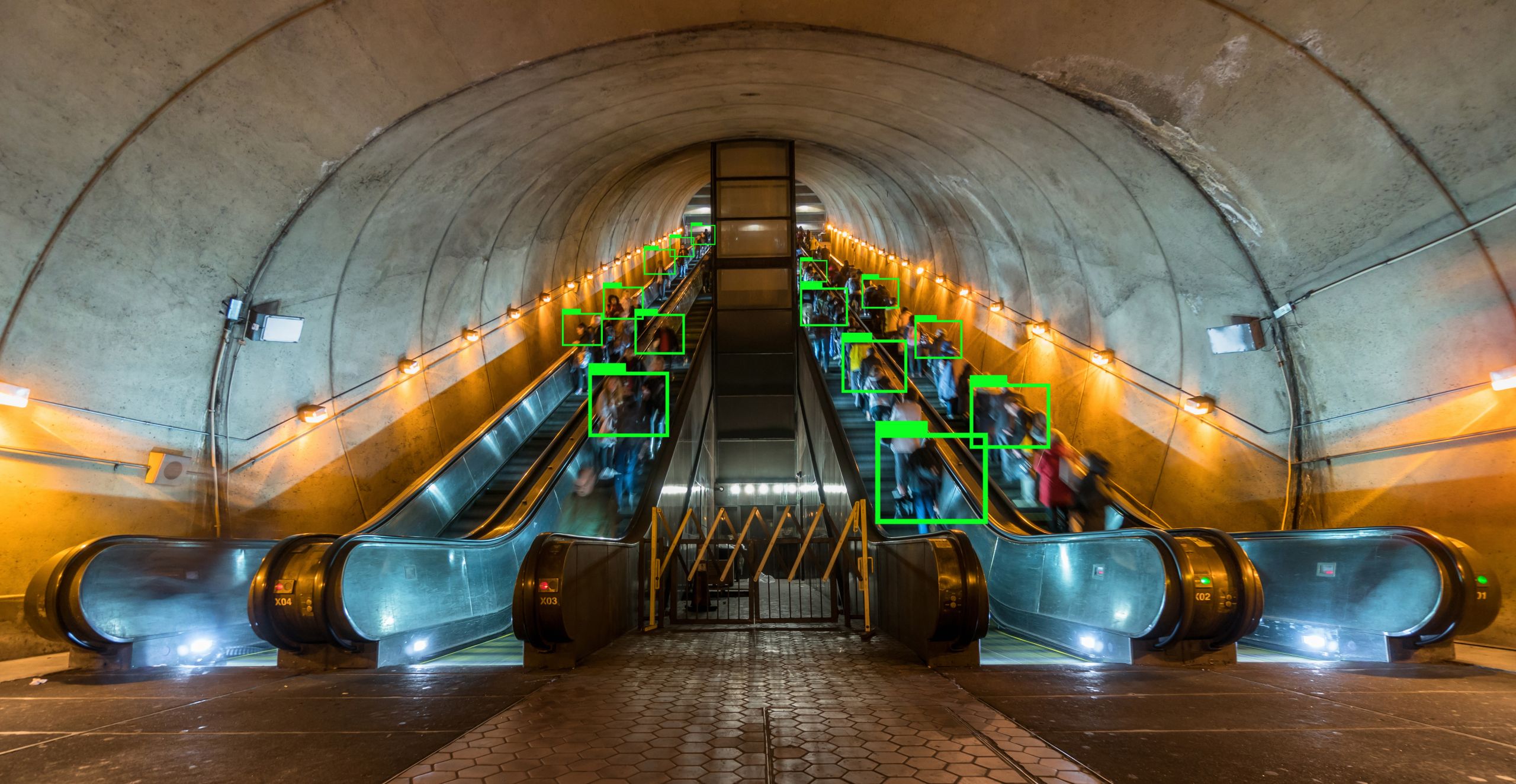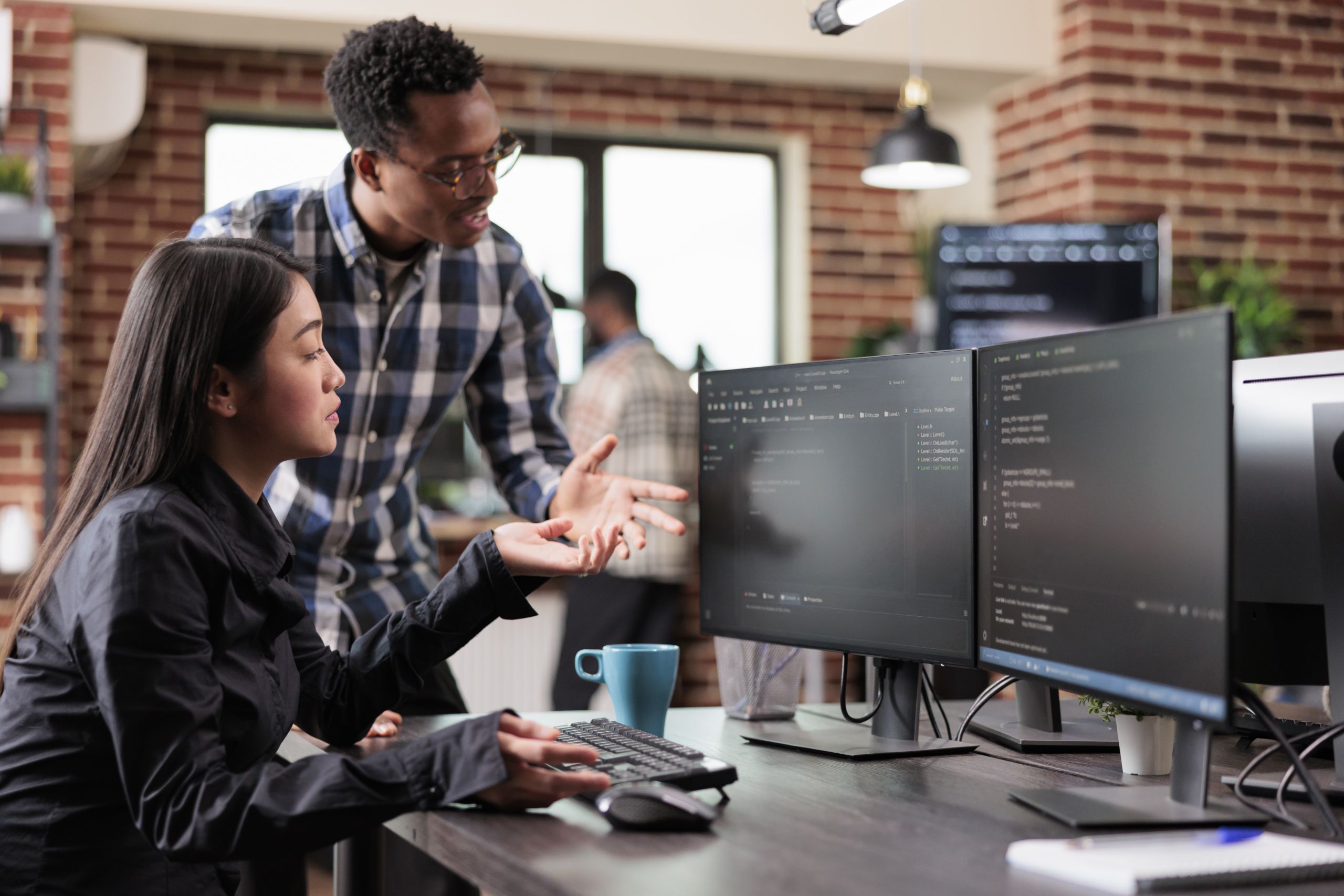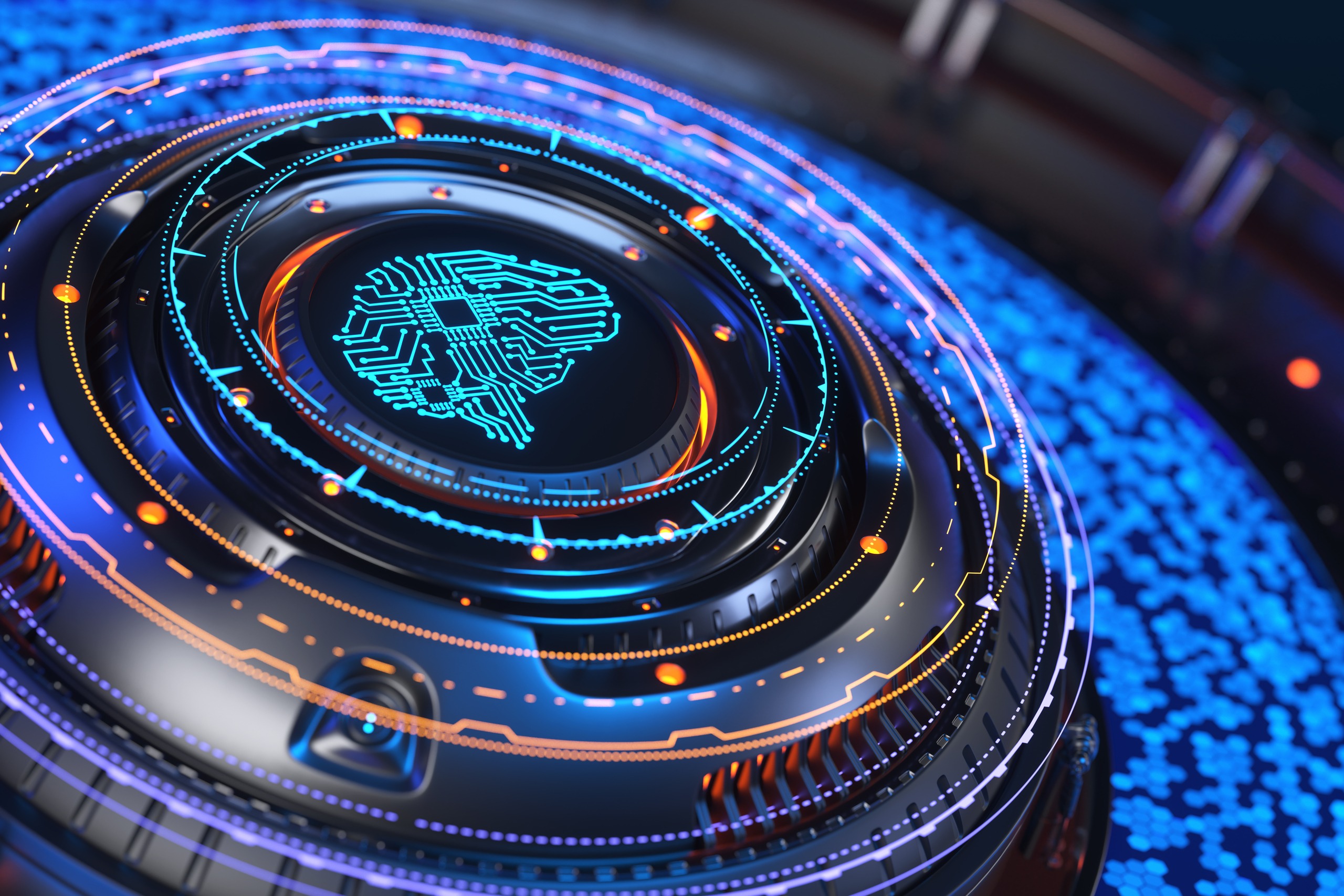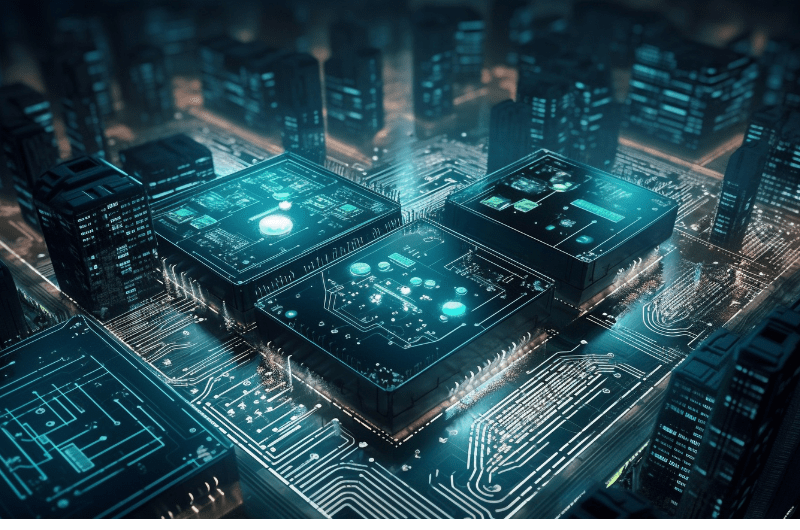Intro
Computer vision is one of the subfields of what we know as Artificial Intelligence. Thanks to advances in hardware and computing resources, this technique is widely used today. Computer vision is the ability of machines to “see” and make decisions about what they have seen.
In this post, we will talk about the main concepts involving this technology that has been increasingly present in our daily lives.
What is Machine Vision
The field of study and development of computer vision aims to develop algorithms that are able to process visual data, similar to humans, and transform this information into inputs that can be used in applications with specific goals.
To make this possible, two other areas of artificial intelligence study relate to computer vision, those being machine learning and convolutional neural networks.
Machine Learning:
Machine learning is the subfield of artificial intelligence that studies and develops algorithms, which based on their own experience, are able to modify their behavior without any human interference.
This type of algorithm has been widely used in the web universe and in many other specific applications such as in healthcare, engineering, and even retail.
By using this powerful tool, it is possible to understand high-value behavior patterns, which would hardly be perceived manually, and from that, to trace actions that make applications more and more precise or personalized according to their purpose.
In relation to computer vision, it is machine learning that assists in the process of identifying patterns in images, and thus can help in categorizing them, based on its own experience.
Convolutional Neural Networks
This subfield has the objective of allowing algorithms to develop their visual perception in the same way humans do. From this, several applications can be realized based on the classification and identification of visual sources.
The commonly called CNN (Convolutional Neural Networks), are fundamental in the process of visual refinement of machines. Through convolution, this type of network is able to generate filters when visual data enters the network. In this way this type of network can process the information as features that will be used autonomously for identification and recognition of visual inputs based on the pixels processed by the computer.
The combination of machine learning and CNN today makes up what we know as computer vision.
But how are these algorithms able to “see” and recognize images?
How does it work
In order for computer vision to process images, it is necessary that the models are previously trained. That is, for an algorithm to recognize a person, it needs to be fed with thousands of images of people.
That is, for the algorithm to be trained it must process a group of images, known as labeled images. Then the algorithms perceive the specific characteristics and patterns of that categorized group and after a certain time, it will be able to autonomously classify uncategorized groups (unlabeled images)
It all comes down to identifying patterns in the images.

What kind of application it can work with
The application field of computer vision has become very popular over the past few years, according to research by Allied Market Research, the market was estimated to be worth $9.4 billion in 2020 and is projected to reach a value of $41.11 billion in 2030.
The combination of computer vision with some other technologies has resulted in very popular applications, such as driverless cars that are able to drive based on images captured from various angles around them and processed by the computer vision algorithm.
Another application, also very popular, is facial recognition. Applied in many different functions, but is mostly known through the latest generation of cell phones.
A procedure, also very popular, but used for image validation is Recaptcha. By filling in the images, we are helping an algorithm to be trained.
Although these examples are the best known, there are numerous other applications for artificial image recognition, and every day new applications are developed. Next, we will demonstrate some of the applications of computer vision in process industries, and how this type of application has become fundamental in the digital transformation process that these industries are going through.
How Process industries benefit from Computer Vision
The maintenance and operation phase of an industrial plant is characterized by the need to maintain procedures that will result in the continuity of the process, without posing any risk to the operators.
In this context, plants such as oil and gas are characterized by being very large and having many assets operating simultaneously. In this context, it is fundamental that maintenance and inspection teams have control over what happens inside the plant, and if any risks, such as corrosion, for example, present risks to the structure.
In many cases, this is done in a totally manual way. In other words, operators walk in the field, fill out checklists on paper, and observe if there is anything abnormal with the structures. Besides being time-consuming, a method that involves many risks to the operators, the technique can rarely be susceptible to inefficiencies.
With the application of computer vision in this context, the work that used to take weeks to be executed now becomes executed in a few days with the capturing of images in the field, and only a few hours for the images to be processed. Although this technique does not do the operator’s job, it makes his or her routine easier, safer, and more efficient.
How Computer Vision for Industry is developed
As mentioned before, for an algorithm to be able to “see” it needs to be fed tens of thousands of images in order for patterns to be established and processed.
In this sense, these algorithms are trained with images of the main problems involving the application. Once they are able to perform classification autonomously, images are captured in the field using 360° cameras, and then processed by the AI.

This way, the problems that would require people in the field inspecting assets, can be replaced by computer vision platforms.
If you want to understand more about it, access this link and understand how it was applied in a real case
Conclusion
Computer vision is an area of research and development within artificial intelligence that seeks to simulate human vision to algorithms by processing categorized images until classification patterns can be effectively established.
From this point on, the algorithm is able to perform image processing and classification automatically. The advances in this field of knowledge have generated very interesting market growth prospects. According to data released by Grand View Research, the global computer vision market size was valued at USD 11.22 billion in 2021 and is expected to expand at a compound annual growth rate (CAGR) of 7.0% from 2022 to 2030.
The development in the field has provided dozens of applications, from retail services, security systems, and healthcare, to even complex industrial operations. No matter the industry, computer vision algorithms have become increasingly used in our daily lives, and the trend is for this movement to continue and expand over the last few years.



